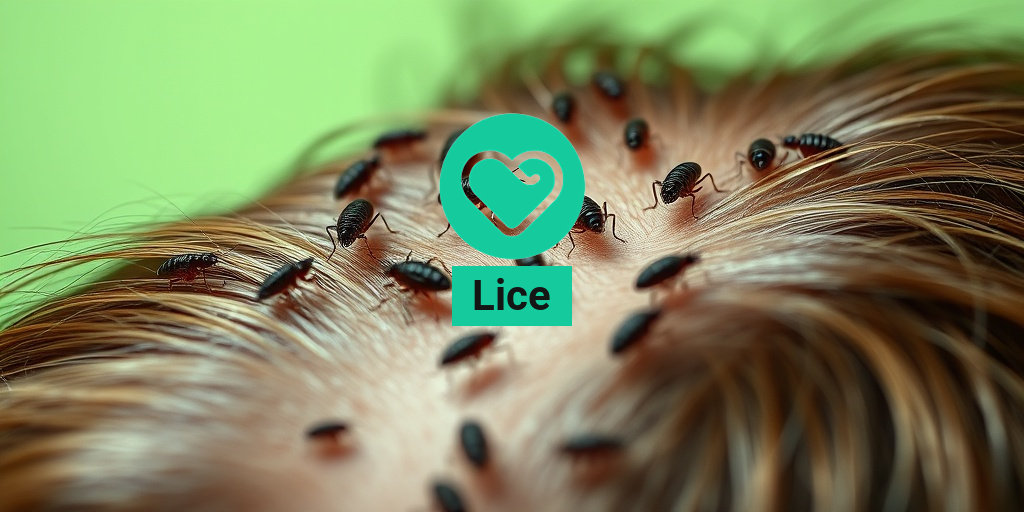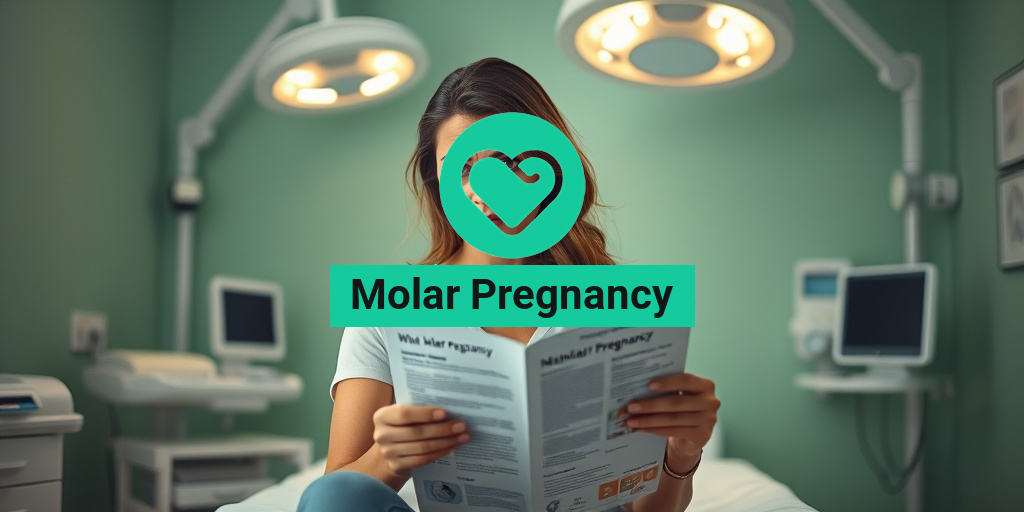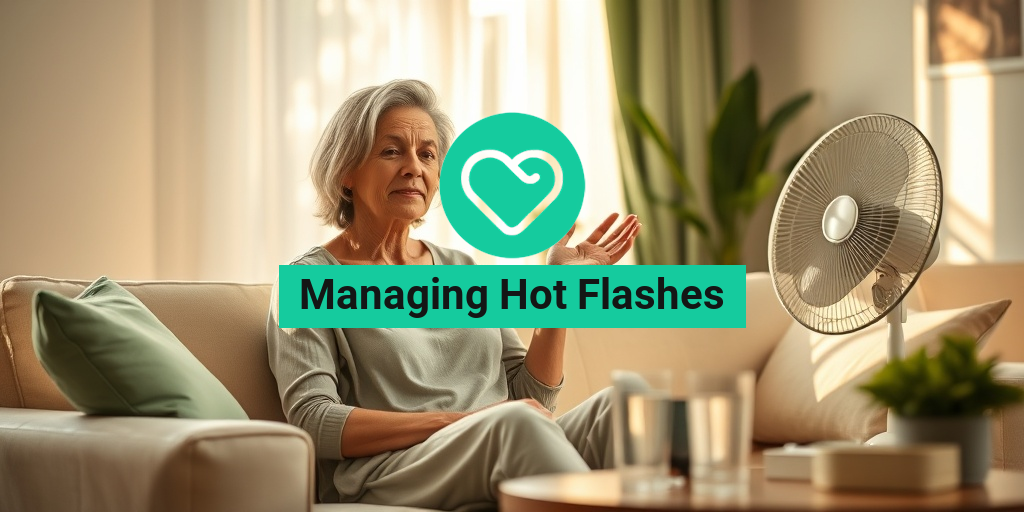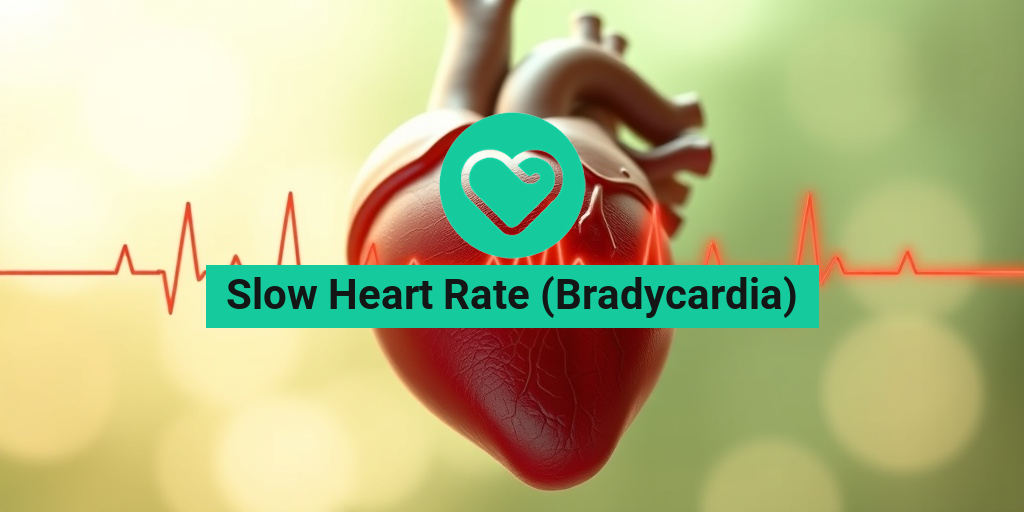What Are Lice?
Lice are tiny, wingless insects that live on the scalp and feed on human blood. They are a common nuisance, especially among children, and can spread quickly in schools and daycare settings. There are three main types of lice that affect humans: head lice, body lice, and pubic lice.
Types of Lice
- Head Lice: These are the most common type, primarily affecting the scalp and hair. They are about the size of a sesame seed and can be difficult to spot.
- Body Lice: These lice live on clothing and only move to the skin to feed. They are less common and are often associated with poor hygiene.
- Pubic Lice: Also known as “crabs,” these lice infest the pubic hair and can spread through sexual contact.
Lice are not known to transmit diseases, but their presence can lead to significant discomfort and itching. Understanding what lice are and how they operate is crucial for effective treatment and prevention.
Lice Symptoms
Recognizing the symptoms of lice is essential for prompt treatment. The most common signs include:
Itching
The most noticeable symptom of lice infestation is itching on the scalp, body, or pubic area. This itching is caused by an allergic reaction to the bites of the lice. It can be persistent and may lead to scratching, which can cause secondary infections.
Visible Lice and Eggs
Another clear sign of lice is the presence of lice or their eggs (nits) in the hair or on clothing. Nits are tiny, oval-shaped, and usually yellow or white. They are often found close to the scalp, making them easier to spot with a fine-toothed comb.
Red or Irritated Skin
Scratching the affected areas can lead to red or irritated skin. In severe cases, this can result in sores or infections, which may require medical attention.
Feeling of Movement
Some individuals report a sensation of movement on their scalp, which can be unsettling. This feeling is often due to the lice moving around as they feed.
Difficulty Sleeping
Especially in children, the discomfort caused by itching can lead to difficulty sleeping. This can affect their overall well-being and performance in school.
If you suspect that you or your child has lice, it’s important to act quickly. Over-the-counter treatments, such as lice shampoo, can be effective in eliminating these pests. However, it’s crucial to follow the instructions carefully to ensure complete removal.
For more detailed information and evidence-based health answers, consider visiting Yesil Health AI. They provide valuable resources that can help you navigate health concerns effectively.
In conclusion, understanding what lice are and recognizing their symptoms can help you take swift action to address an infestation. Remember, while lice can be a nuisance, they are manageable with the right approach! 🦠✨
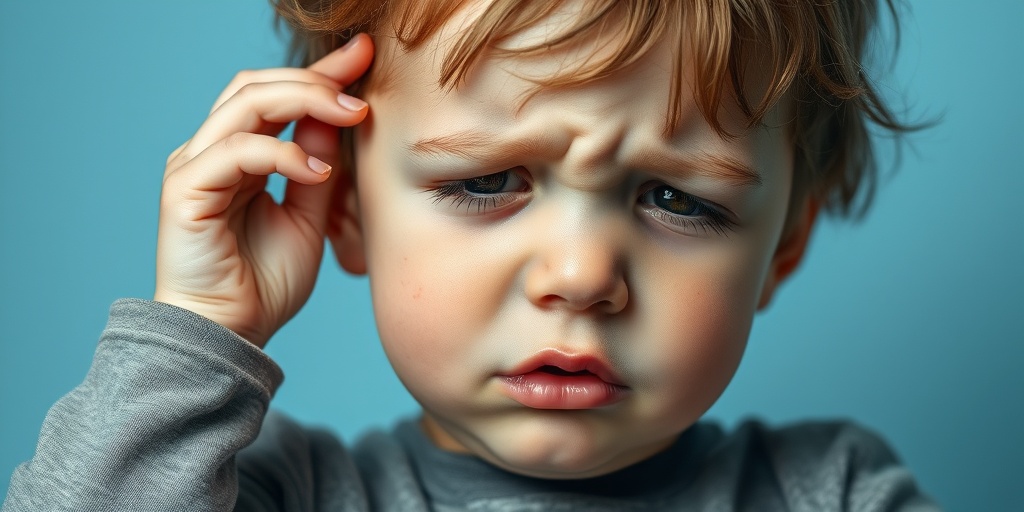
Lice Types
Lice are tiny, wingless insects that can infest the hair and scalp of humans, leading to discomfort and irritation. Understanding the different types of lice is crucial for effective treatment and prevention. Here, we’ll explore the three main types of lice that commonly affect humans:
1. Head Lice
Head lice (Pediculus humanus capitis) are the most common type of lice infestation, particularly among children. These pests thrive on the scalp and feed on human blood. They are typically spread through direct head-to-head contact, which is why they are prevalent in schools and daycare centers.
- Symptoms: Itching, irritation, and visible lice or eggs (nits) on the hair shafts.
- Appearance: Adult head lice are about the size of a sesame seed and can be tan, gray, or brown.
2. Body Lice
Body lice (Pediculus humanus corporis) are less common than head lice but can pose significant health risks. They live in clothing and bedding, moving to the skin to feed. Body lice are often associated with poor hygiene and crowded living conditions.
- Symptoms: Intense itching, rash, and secondary infections from scratching.
- Appearance: Similar in size to head lice but are often harder to spot since they live in clothing.
3. Pubic Lice
Pubic lice, also known as crab lice (Pthirus pubis), primarily infest the coarse hair in the pubic area but can also be found in other body hair, such as armpits and facial hair. They are typically transmitted through sexual contact.
- Symptoms: Itching in the affected area, visible lice or eggs, and sometimes inflammation.
- Appearance: They are smaller than head and body lice, resembling tiny crabs, hence the name.
Lice Causes
Understanding the causes of lice infestations is essential for prevention and control. Lice are not a sign of poor hygiene; rather, they are highly contagious and can spread easily. Here are some common causes of lice infestations:
1. Close Contact
The primary way lice spread is through close physical contact. This is especially common among children who play together or share personal items. Head lice, in particular, are notorious for spreading in schools and daycare settings.
2. Sharing Personal Items
Lice can also spread through sharing personal items such as:
- Combs and brushes
- Hats and scarves
- Headphones and hair accessories
It’s important to avoid sharing these items, especially in communal settings, to reduce the risk of infestation.
3. Poor Hygiene
While lice are not directly linked to poor hygiene, crowded living conditions and lack of access to clean clothing can increase the risk of body lice infestations. Maintaining good hygiene practices can help minimize the risk of lice.
4. Sexual Contact
Pubic lice are primarily transmitted through sexual contact. Engaging in sexual activities without protection can increase the likelihood of contracting pubic lice. It’s essential to communicate with partners about any potential infestations.
5. Environmental Factors
In some cases, lice can survive on surfaces for a short period. While they prefer to live on human hosts, they can occasionally be found on bedding, furniture, or clothing. Regular cleaning and washing of these items can help prevent infestations.
In conclusion, understanding the types and causes of lice is vital for effective prevention and treatment. By being aware of how lice spread and taking proactive measures, you can protect yourself and your loved ones from these pesky parasites. 🦠
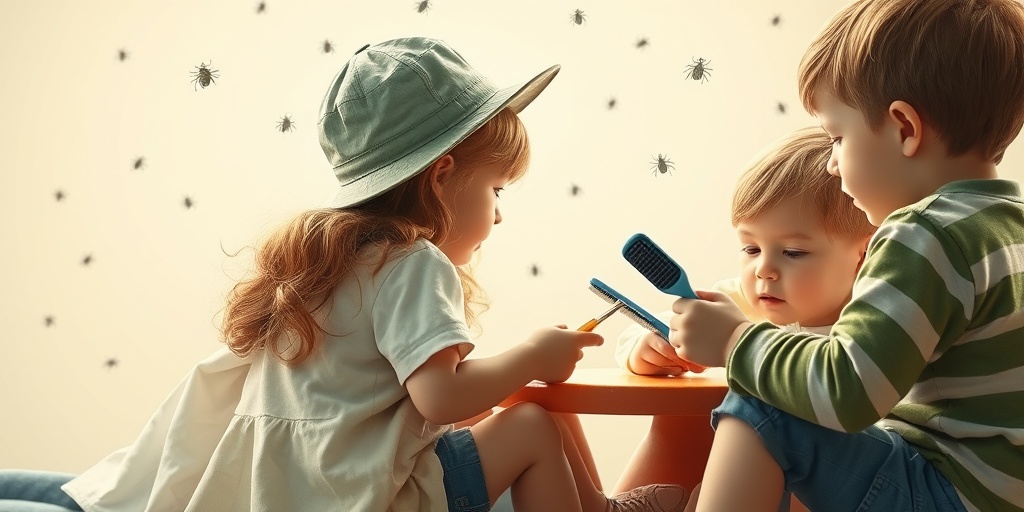
Lice Diagnosis
Identifying a lice infestation can be challenging, especially since these tiny pests are often mistaken for other conditions. Understanding how to properly diagnose lice is crucial for effective treatment. Here’s what you need to know.
What Are Lice?
Lice are small, wingless insects that live on the scalp and feed on human blood. There are three main types of lice that affect humans:
- Head lice – The most common type, primarily found on the scalp.
- Body lice – Typically found on clothing and bedding, they can cause skin infections.
- Pubic lice – Also known as crab lice, these are found in the pubic area.
Signs and Symptoms of Lice Infestation
Recognizing the signs of lice is the first step in diagnosis. Common symptoms include:
- Itching: This is often the first noticeable symptom, caused by an allergic reaction to lice bites.
- Visible Lice: Adult lice are about the size of a sesame seed and can be seen crawling on the scalp.
- Lice Eggs (Nits): These are tiny, oval-shaped eggs that attach to hair shafts, often near the scalp. They can be mistaken for dandruff but are harder to remove.
- Red or Irritated Skin: Scratching can lead to redness or sores on the scalp.
How to Diagnose Lice
To confirm a lice infestation, follow these steps:
- Use a Fine-Toothed Comb: A lice comb can help you identify both lice and nits. Comb through wet hair in sections, wiping the comb on a white paper towel to check for any lice or eggs.
- Visual Inspection: Part the hair in sections and look closely at the scalp and hair shafts for adult lice and nits.
- Check for Symptoms: If you or your child are experiencing itching or irritation, it’s worth investigating further.
If you suspect a lice infestation, it’s important to act quickly to prevent spreading. Consult a healthcare professional for a definitive diagnosis and treatment options.
Lice Treatment Options
Once diagnosed, treating lice effectively is essential to eliminate the infestation and prevent reoccurrence. Here are some of the most common treatment options available.
Over-the-Counter Treatments
Many effective lice treatments are available without a prescription. These typically contain insecticides that kill lice and their eggs. Popular options include:
- Permethrin: A common active ingredient in lice shampoos, it’s effective against both lice and nits.
- Piperonyl Butoxide: Often combined with other insecticides, it enhances their effectiveness.
- Dimethicone: A silicone-based treatment that suffocates lice rather than using chemicals.
Prescription Treatments
If over-the-counter options are ineffective, a healthcare provider may prescribe stronger treatments, such as:
- Malathion: A topical lotion that kills lice and is effective against resistant strains.
- Benzyl Alcohol: This treatment works by suffocating lice and is safe for children over six months.
- Ivermectin: An oral medication that can be used for severe infestations.
Home Remedies
Some people prefer natural remedies to treat lice. While these may not be as scientifically proven, they can be worth trying. Popular home remedies include:
- Essential Oils: Tea tree oil and lavender oil are believed to have insecticidal properties.
- Vinegar: Some claim that vinegar can help loosen nits from hair shafts.
- Olive Oil: This can suffocate lice when applied generously and left on overnight.
Preventing Reinfestation
After treatment, it’s crucial to take steps to prevent lice from returning:
- Wash Bedding and Clothing: Use hot water and dry on high heat to kill any remaining lice or nits.
- Avoid Sharing Personal Items: Hats, brushes, and hair accessories should not be shared.
- Regular Checks: Conduct regular inspections of the scalp, especially after known exposure.
By understanding how to diagnose and treat lice effectively, you can manage an infestation and keep your family lice-free! 🦠✨
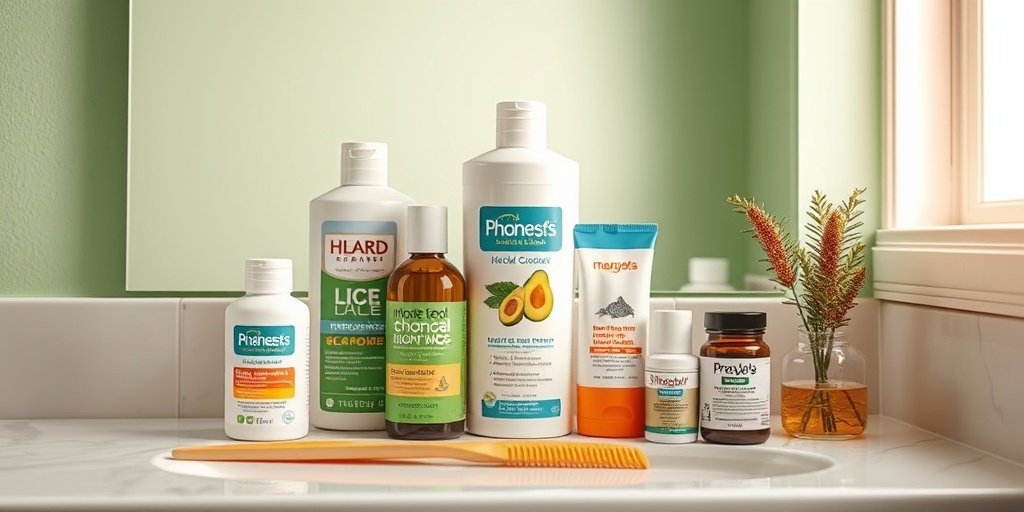
Lice Prevention Tips
Lice infestations can be a nuisance, especially for parents of school-aged children. However, with the right preventive measures, you can significantly reduce the risk of lice in your household. Here are some effective lice prevention tips to keep your family lice-free:
1. Educate Your Family
Knowledge is power! Teach your family about lice, how they spread, and the importance of avoiding close contact with others who may be infested. Understanding that lice are not a sign of poor hygiene can help reduce stigma and promote proactive measures.
2. Avoid Head-to-Head Contact
Lice spread primarily through direct head-to-head contact. Encourage your children to avoid activities that involve close contact, such as:
- Huddling together for photos
- Sharing hats or helmets
- Playing games that require close proximity
3. Keep Personal Items Separate
Teach your children to keep their personal items separate from others. This includes:
- Combs and brushes
- Hats and scarves
- Headphones
Using a designated area for personal belongings can help minimize the risk of transmission.
4. Regularly Check for Lice
Perform regular checks on your family members, especially after sleepovers or playdates. Use a fine-toothed comb on wet hair to look for lice or their eggs (nits). Early detection can make treatment easier and prevent further spread.
5. Use Preventive Products
Consider using lice prevention shampoos or sprays that contain natural ingredients like tea tree oil or lavender. These products can help deter lice from infesting your hair. However, always check with a healthcare professional before using any new product.
6. Maintain Clean Environments
Regularly wash and dry bedding, clothing, and towels in hot water to kill any lice or nits that may be present. Vacuuming carpets and furniture can also help eliminate any stray lice. Remember to focus on:
- Bedding and pillowcases
- Stuffed animals
- Car seats and other shared furniture
7. Communicate with Schools and Daycares
Stay in touch with your child’s school or daycare about lice outbreaks. Many institutions have policies in place to help manage and prevent lice spread. Being proactive can help protect your child and others.
Lice Myths and Facts
With so much information available, it’s easy to get confused about lice. Let’s debunk some common lice myths and present the facts to help you better understand these pesky parasites.
Myth 1: Lice are a sign of poor hygiene
Fact: Lice can infest anyone, regardless of cleanliness. They thrive on clean hair because it’s easier for them to attach their eggs. Good hygiene does not prevent lice; rather, it’s about avoiding close contact with infested individuals.
Myth 2: Lice can jump or fly
Fact: Lice cannot jump or fly. They crawl from one person to another through direct contact. Understanding this can help you take appropriate preventive measures.
Myth 3: Pets can carry lice
Fact: Lice are specific to humans and do not infest pets. If your pet is scratching, it’s likely due to another issue, such as fleas or allergies, not lice.
Myth 4: You need to shave your head to get rid of lice
Fact: Shaving your head is not necessary to eliminate lice. There are effective treatments available, including over-the-counter shampoos and prescription medications, that can help you get rid of lice without drastic measures.
Myth 5: Lice can live on furniture and bedding for weeks
Fact: While lice can survive off a human host for a short period (usually less than 24 hours), they do not thrive in furniture or bedding. Regular cleaning and washing can help eliminate any potential lice that may have fallen off.
By understanding these myths and facts, you can better equip yourself to handle any lice situation that may arise. Remember, knowledge and prevention are your best defenses against lice! 🦠
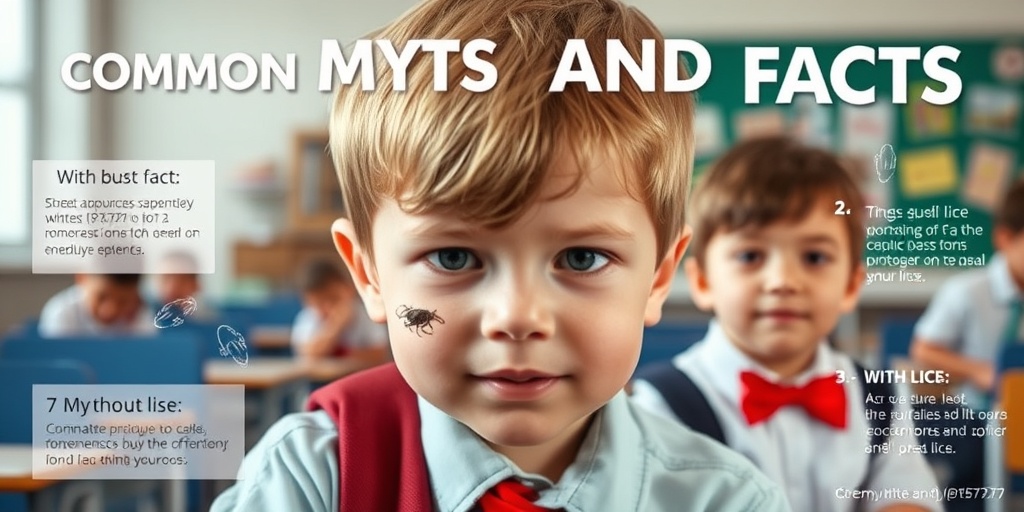
Frequently Asked Questions about Lice
What are lice and how do they spread? 🤔
Lice are tiny parasitic insects that live on the scalp and feed on human blood. They spread primarily through direct head-to-head contact, which is common among children during play or close interactions. They can also be transmitted through sharing personal items like hats, combs, or pillows.
How can I tell if I have lice? 🕵️♀️
Common signs of a lice infestation include:
- Itching on the scalp, neck, or ears
- Visible lice or eggs (nits) on hair strands
- Red or irritated scalp
If you suspect an infestation, it’s best to conduct a thorough examination of the scalp and hair.
What are the best treatments for lice? 💊
Effective treatments for lice include:
- Over-the-counter shampoos specifically designed to kill lice
- Prescription treatments from a healthcare provider
- Manual removal of lice and nits using a fine-toothed comb
Always follow the instructions on the product label for the best results.
Can lice be prevented? 🚫
To help prevent lice infestations, consider the following tips:
- Avoid head-to-head contact with others
- Do not share personal items like hats, brushes, or hair accessories
- Regularly check children’s hair for signs of lice, especially after sleepovers or camps
Are lice harmful to my health? 🩺
While lice can cause discomfort and itching, they are not known to transmit diseases. However, excessive scratching can lead to secondary infections. It’s important to treat an infestation promptly to alleviate symptoms and prevent further spread.
How long do lice live? ⏳
Adult lice typically live for about 30 days on a person’s scalp, while nits can hatch within 7 to 10 days. If left untreated, a single infestation can lead to a larger problem as lice reproduce quickly.
What should I do if my child has lice? 🧒
If your child has been diagnosed with lice, take the following steps:
- Begin treatment immediately using an appropriate lice shampoo
- Inform close contacts, such as family and friends, so they can check for signs
- Wash bedding, clothing, and personal items in hot water to eliminate any remaining lice or nits
Can lice survive without a host? 🐜
Lice cannot survive for long without a human host. They typically die within 1-2 days if they fall off the scalp. However, nits can remain viable for longer, so it’s crucial to treat both the scalp and any potential eggs.

